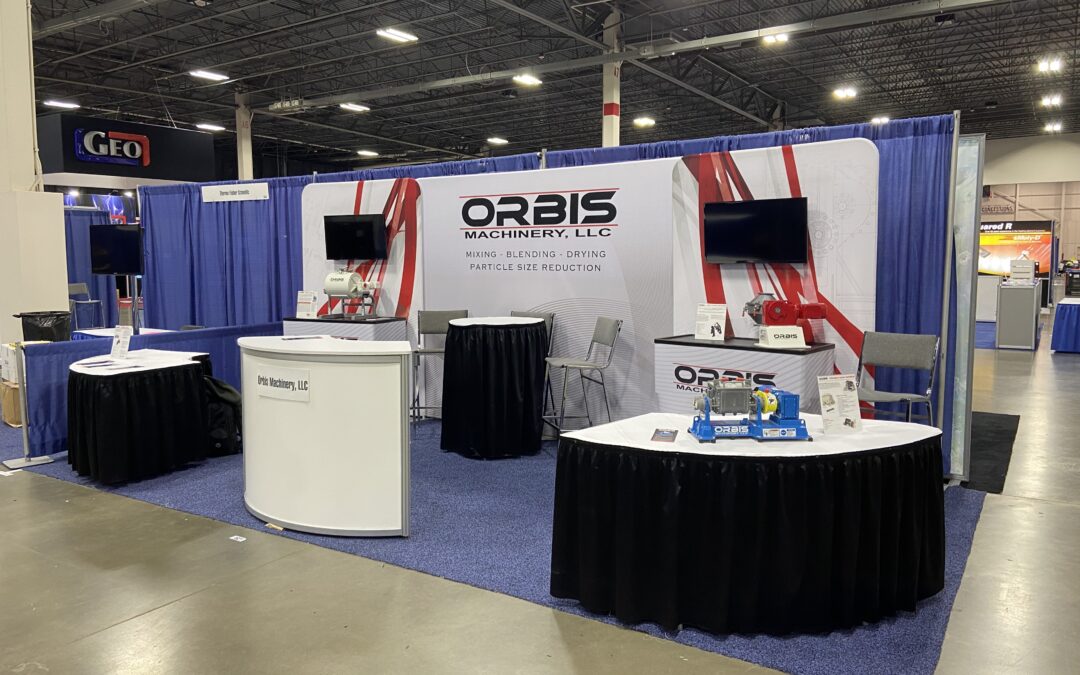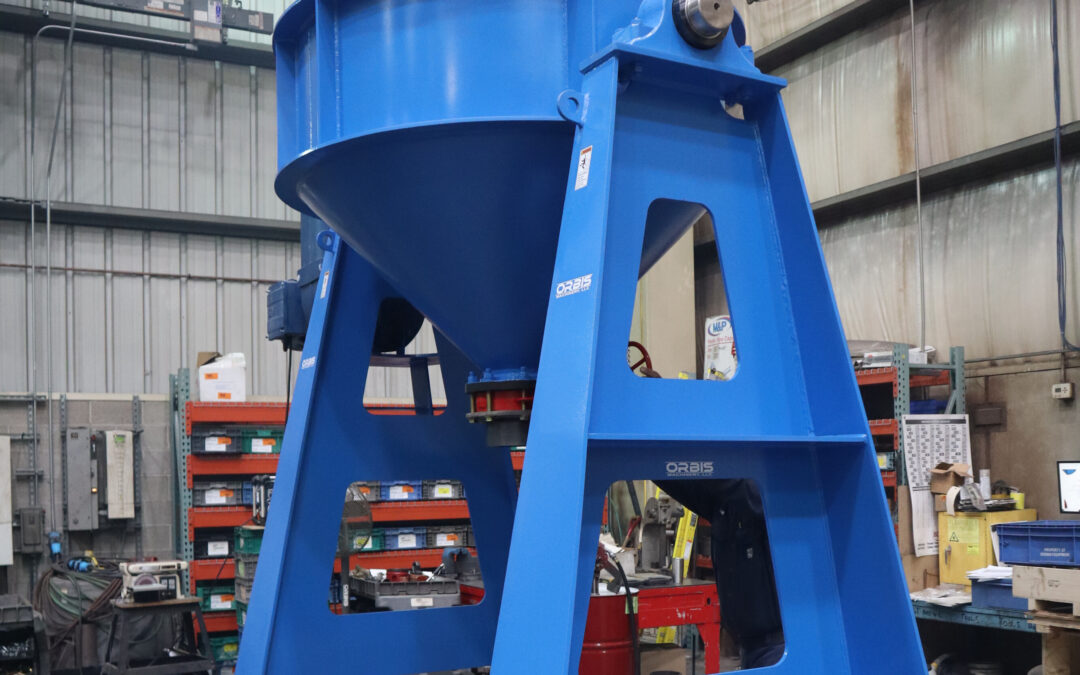In recent times, technological advancement has led the emergence of automation using machines in many manufacturing and supplier industries. At the same time, this brings about the need for skilled workers capable of handling these machines. Over the years, the manufacturing and supply industries have focused more on other activities and learning process for workers. They’ve often ignored the aspect of hands-on learning in the industry.
Most workers are expected to have some years of experience with these machines before they’re deemed fit to handle them, but this cannot be achieved through other methods of training. Mostly, visual and auditory trainings are used to prepare workers, and this has shown to be ineffective due to the kind of work they would eventually do when they have to apply their knowledge in the industry.
Hence, the need to consider other learning approaches that would be more effective and enable workers perform optimally and produce better results. Hands-on learning or kinaesthetic learning involves activities like “learning on the job” but in this case, it involves physically carrying out industry related tasks and engaging in an experiential form of learning.
Types of learning
Visual learning: Visual means “vision”. Information acquired through observation by sight are better retained and remembered. Remember the last time you saw that toothpaste TV commercial video; you can recall the fair lady shining her white teeth.
Auditory Learning: This takes place often during a Teacher-Student interaction. The teacher verbally explains certain concepts while the students pays listens and pay attention on order to encode and retain the information being transmitted.
Kinesthetics Learning: This is a combination of visual and Auditory learning. Both visual and auditory information are absorbed at the same time. For example, a class speech presentation session whereby PowerPoint images are displayed on a projector and at the same time the speaker verbally expresses the information contained in the PowerPoint. An alternative name for Kinesthetics Learning is “Hands-on-learning”
Why is Hands-on Learning Important?
Adopting Hands-on Learning approach in Manufacturing and supply industries to train workers, especially inexperienced ones, should be considered as important. It improves problem solving skills.
The major skill every industry requires in workers is their ability to use their initiative in solving a wide range of problems encountered while doing their work. Problem solvers make working easier for others and reduces the frequent input of superiors to correct errors. It makes working enjoyable.
It’s often uninteresting to receive lectures and sit-in trainings of industry activities. It is wears people out and can reduce energy channeled towards work. When work is made interesting and enjoyable, energy given to it increases. It increases accuracy.
Often, the process of learning involves making frequent errors, which becomes better with constant practice and dedication. Hands-on-learning offers and opportunity to “safely” make mistakes and learn traditionally using trial and error methods. It is “safe” because, rather than commit dreadful and costly mistakes on the real project, you experiment at your own pace. It provides a simulated learning environment
An advancement in technology has offered the best and easiest ways to learn the job without actively working on real projects. For instance, Pilots are trained in simulation Airplanes. The functions of the simulated airplane are the same with a real airplane, only that the movement and control of the plane is simulated on a 3D screen and casualties cause no harm to the pilots. It provides accessibility to materials and equipment
Hands-on-learning offers the opportunity to access workplace materials and equipment. This way, one can have practical experience of working in a real-life setting. Equipment used in workplace can be hazardous when misused, hence it is important to gain relevant hands-on-learning experience in using equipment before putting them into use in a workplace environment. It encourages critical thinking
Hands-on-learning encourages group tasks and project because it requires providing solution to some challenges or activities. A group of people come together to deliberate on ways in which they can proffer solution to a given problem. By engaging in deep thought, workers are able to utilize their findings in solving the problem at hand.
Hands-on-learning is the most effective way to acquire experience as a starter in any field. It is highly rewarding to be able to display the level of experience acquired though hands-on-learning in a workplace. The traditional system of learning on-the-job is slower and less productive when compared to hands-on-learning.



